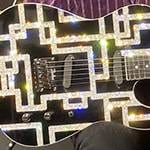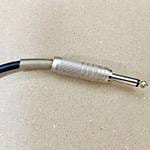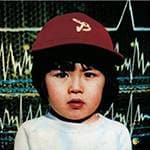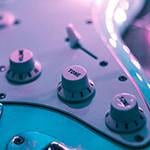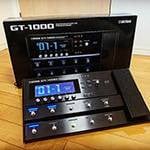Well-Known? Bossa Nova-Inspired Pop Music - Vol. 4
In this fourth volume, I shift my perspective further from the previous installment to examine the influence of bossa nova in the genre known as ‘New Music’, which suddenly emerged in the category of Japanese pop music from the 1970s to the 1980s.
The Genre I Used to Dislike the Most…
During my teenage years and early twenties, I had no interest in bossa nova. However, as I listened to a variety of music, I came to realize the brilliance of bossa nova and the magnificence of Brazilian music.
First up—Yuming! It’s that song that everyone knows. Additionally, I will explore masterpieces from the New Music era of the 70s and 80s, such as Junichi Inagaki’s “Long Version”.
■ Recommended Album: Yumi Arai - Yuming Singles 1972-1976 (1987)
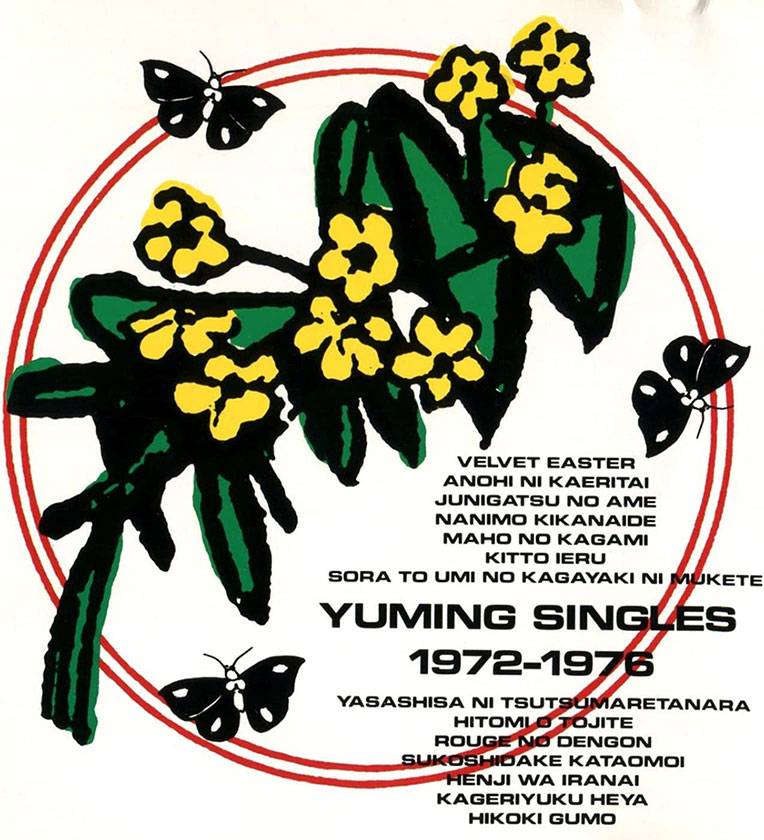
This album compiles important songs from Yumi Arai’s Alfa Records era, including “Hikoki Gumo”, “Misslim”, and “Cobalt Hour”, along with various singles.
Recommended Song: “Ano Hi ni Kaeritai”
The opening scat section is what makes this song truly remarkable.
One characteristic of bossa nova and Samba is the addition of a separate melody in the intro or outro, beyond the typical A melody, B melody, and chorus. This technique enhances the sense of saudade in Brazilian music, making melancholic melodies even more memorable.
The intro vocals were performed by Junko Yamamoto, formerly of Hi-Fi Set. Why Yuming didn’t sing it herself is a mystery—but a trivial one!
The intro, presumably arranged by Masataka Matsutoya, is truly exceptional. It gives this bossa nova-based song a certain elegance. The Fender Rhodes performance is also flawless.
Bonus Trivia: During the second chorus, right after the lyrics “Ima, ai wo sutete shimaeba” (around 2:35), drummer Tatsuo Hayashi accidentally threw his drumstick while playing a fill, leading to a re-recording of the subsequent part.
■ Recommended Album: Junichi Inagaki - Shylights (1983)
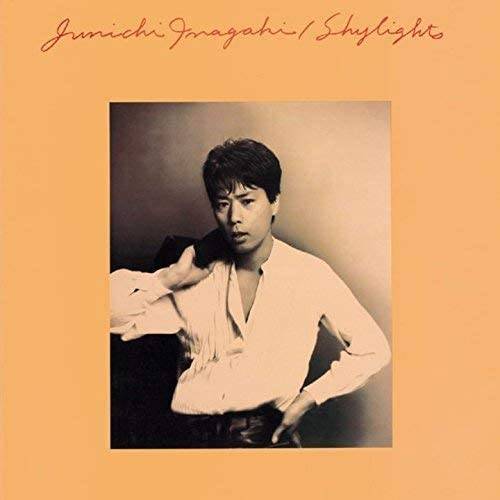
Junichi Inagaki, born in 1953 in Miyagi Prefecture, is both a drummer and a vocalist. His song “Dramatic Rain” became a massive hit. During the peak of the New Music era in the early 80s, he gained popularity as an artist who sang while playing the drums. The featured song, “Long Version”, was also included in his 1984 live album J.Live. Interestingly, my college friend S, a music major who taught me keyboard, played keyboards in Inagaki’s band on that album.
He was a die-hard progressive rock fan, able to flawlessly copy “Isshoku Sokuhatsu” by Yonin Bayashi and In the Dead of Night, the first album by UK. His synthesizer performance on this album is definitely worth checking out.
Recommended Song: “Long Version”
Composed by Yasuhiro Abe and arranged by Akira Inoue, two masters of city pop, this song stands out.
Like “Ano Hi ni Kaeritai”, the intro is particularly outstanding. When incorporating a Brazilian-inspired intro or outro in a bossa nova song, the quality of the melody can make or break the piece. Since intros are typically within the arranger’s domain, we get a glimpse of Akira Inoue’s high musicality here.
The arrangement keeps the instrumentation minimal and unobtrusive, all
zowing the elegant intro melody to shine.
During the line “Nitamono doshi no bossa nova,” Inoue’s piano fill is exquisitely stylish. Inagaki’s husky voice also blends perfectly with this song.
■ Recommended Album: Mayo Shouno - Pastel 33 1/3 (1977)
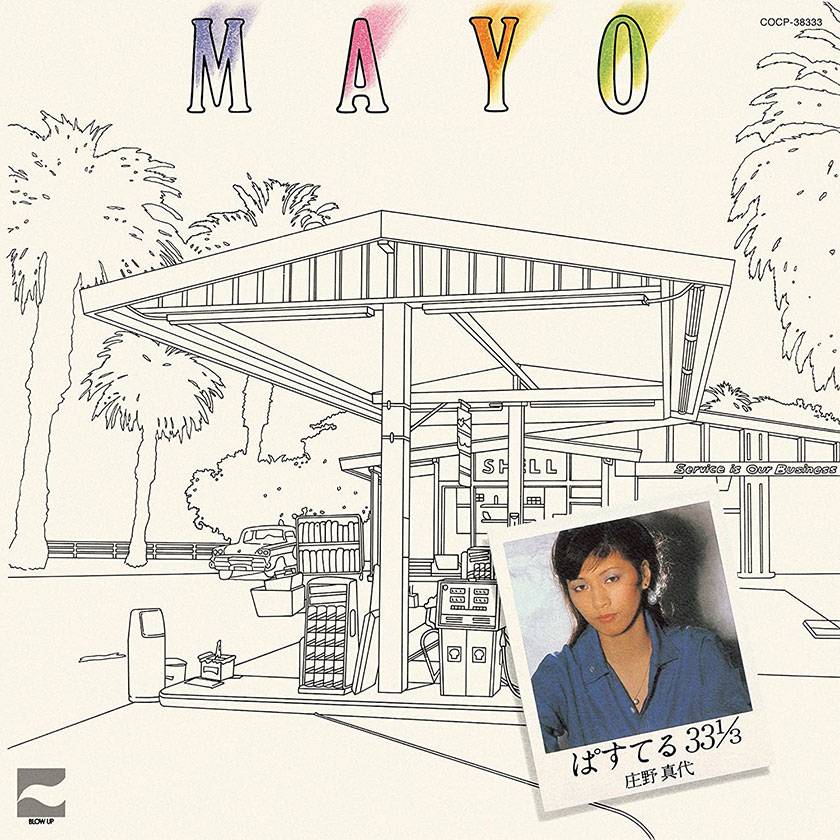
Mayo Shono’s third album, released in 1977, is a masterpiece of the New Music era. It includes an excellent cover of Yumi Arai’s classic “Chuo Freeway”.
The album features top-tier Japanese session musicians such as guitarists Tsunehide Matsuki, Fujimaru Yoshino, and Chuei Yoshikawa; bassist Tsugutoshi Goto; drummers and percussionists Tatsuo Hayashi, Eiji Shimamura, and Nobu Saito; and keyboardist Jun Sato.
This album is filled with gems like “Goodbye Morning”, “Last Chance”, and “Café Terrace”. Shono’s fresh and expressive vocals also add to its charm. This is a city pop masterpiece from the pre-Tonde Istanbul era.
Recommended Song: “Sou Shimashou ne”
The highlight of this song is the guitar performance by Tsunehide Matsuki. His playing here is simply outstanding. I highly recommend listening to the intro—his ability to construct such a compelling melody with a single guitar is astonishing. Who would have expected such an imaginative introduction for a bossa nova track? Hats off to Matsuki for his genius.
He plays both acoustic and electric guitar on this track, demonstrating remarkable versatility.
Artists, Albums, and Tracks Featured in This Article
- Artists: Yumi Arai, Junichi Inagaki, Mayo Shono
- Albums: Yuming Singles 1972-1976, Shylights, Pastel 33 1/3
- Tracks: “Ano Hi ni Kaeritai”, “Long Version”, “Sou Shimashou ne”
The “sound & person” column is made up of contributions from you.
For details about contributing, click here.






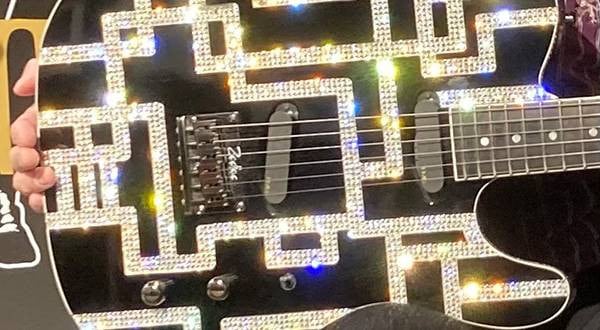
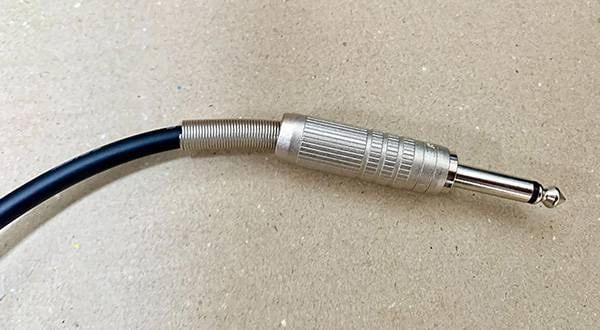
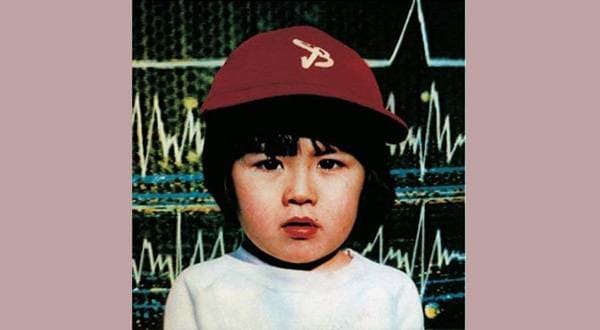
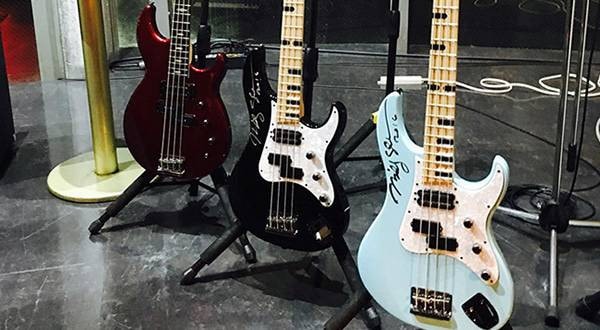
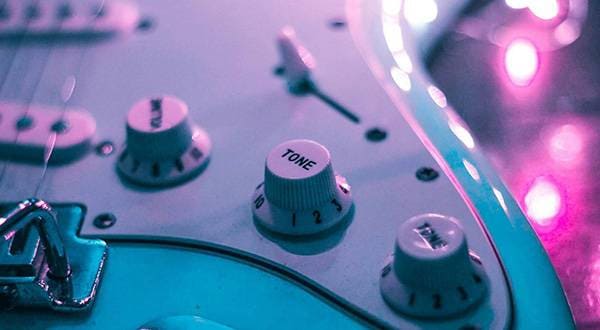
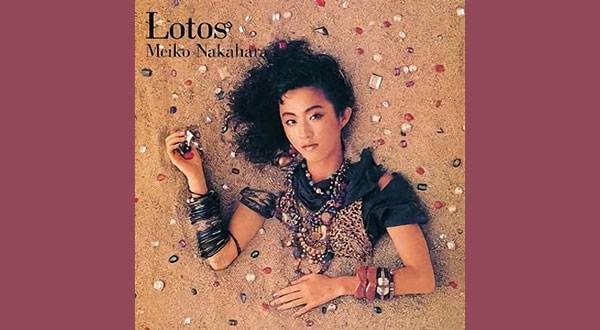
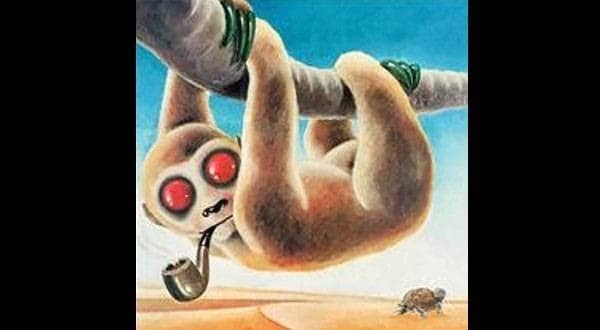


![[Acoustic] Bossa Nova Recommendation](/contents/uploads/thumbs/5/2020/6/20200608_5_10270_1.jpg)
 USB接続対応のMIDIキーボード
USB接続対応のMIDIキーボード
 DTMに必要な機材
DTMに必要な機材
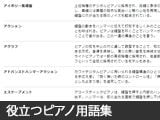 自分にあったピアノを選ぼう!役立つピアノ用語集
自分にあったピアノを選ぼう!役立つピアノ用語集
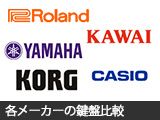 各メーカーの鍵盤比較
各メーカーの鍵盤比較
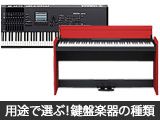 用途で選ぶ!鍵盤楽器の種類
用途で選ぶ!鍵盤楽器の種類
 キーボードスタートガイド
キーボードスタートガイド
